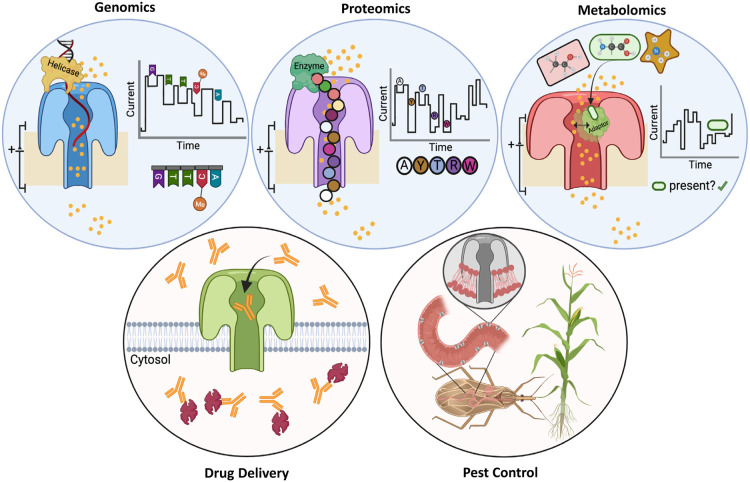Figure 4. Translational applications of pore forming protein.
Top row, left to right. Pore-forming proteins (PFPs) are used in next-generation DNA sequencing. DNA is passed through a nanopore (blue) in the presence of an electric current generated by the flow of ions (yellow circles). Characteristic changes in current can be mapped to particular nucleobases (including methylated cytosines [Me]). Similarly, nanopore technology has been applied to proteomics (purple), allowing discrimination of peptides with single amino acid changes. Proteomic nanopores are often coupled with an enzyme (green), such as an unfoldase or helicase, that threads the peptide through the pore. Nanopores are also used in metabolomics to detect small molecules. A nanopore (red) can capture an adaptor protein (green) that binds to a specific metabolite e.g., green amino acid. Metabolite binding induces a conformational change in the adaptor protein, leading to a characteristic change in ion flow through the nanopore. Bottom row, left to right. PFPs have been used to deliver antibodies into mammalian cancer cells. Nanopores (green) provide a passage for antibodies (orange) to cross the cell membrane and bind to their intracellular target (red). PFPs are also a staple pest control agent in agriculture, helping to protect crops from lepidopteran pests. PFPs from the crop (grey) are ingested by the pest, and subsequently perforate cells lining the pest's digestive system. Created with BioRender.com.

